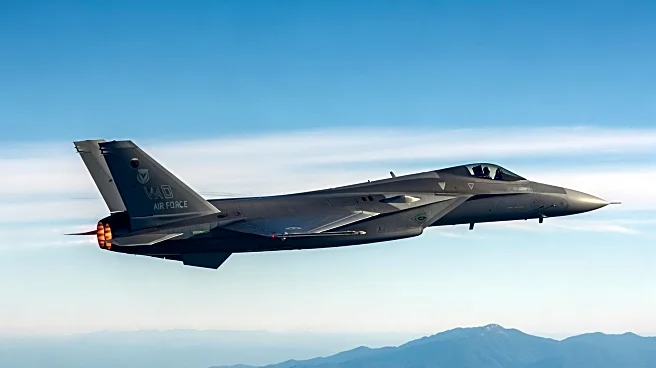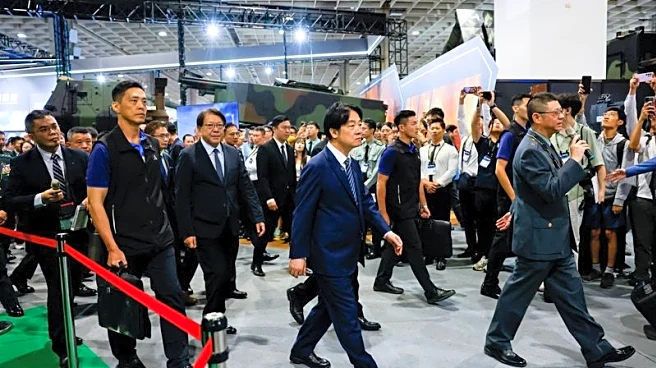What's Happening?
The U.S. Air Force has decided to cancel plans for a new command aimed at enhancing its competitive edge against China. This decision marks a reversal of a significant initiative by former Air Force Secretary
Frank Kendall. The proposed Integrated Capabilities Command was intended to be led by a three-star general and focus on modernizing and prioritizing future acquisitions. Instead, the Air Force will restructure its futures organization, known as the A5/7, to include a new role titled 'Chief Modernization Officer.' This role will concentrate on strategy, force design, mission integration, capability development, and platform modernization. The provisional command, which was established last year, will have its responsibilities integrated into the restructured Air Force Futures organization by April 2026.
Why It's Important?
The cancellation of the Integrated Capabilities Command reflects a shift in the Air Force's strategic priorities. By focusing on modernization rather than establishing a new command, the Air Force aims to accelerate combat power delivery, improve efficiency, and shorten decision timelines. This move could impact the Air Force's ability to respond to future conflicts, particularly with China, as it reallocates resources and responsibilities. The decision also highlights internal debates within the Air Force regarding the best approach to modernization and competition. Stakeholders such as defense budget experts view this as a course correction from previous reorganization plans, which had faced criticism for removing key responsibilities from major commands.
What's Next?
The Air Force's restructuring plans are set to be completed by April 2026, with Maj. Gen. Christopher Niemi leading the reorganization efforts. The new Chief Modernization Officer role will be pivotal in shaping the Air Force's strategic direction and ensuring that modernization efforts align with broader defense priorities. As the Air Force shifts focus, it may face challenges in balancing modernization with other operational priorities. The decision could also influence future defense budget allocations and strategic planning, as the Air Force seeks to maintain its competitive edge in global conflicts.
Beyond the Headlines
The restructuring of the Air Force's modernization efforts may have long-term implications for U.S. defense strategy. By consolidating responsibilities within the Air Force Futures organization, the service could streamline decision-making processes and enhance its adaptability to emerging threats. This approach may also reflect broader trends in military strategy, where efficiency and rapid response are increasingly prioritized over traditional command structures. The decision underscores the evolving nature of military competition and the need for innovative approaches to maintain strategic advantages.













